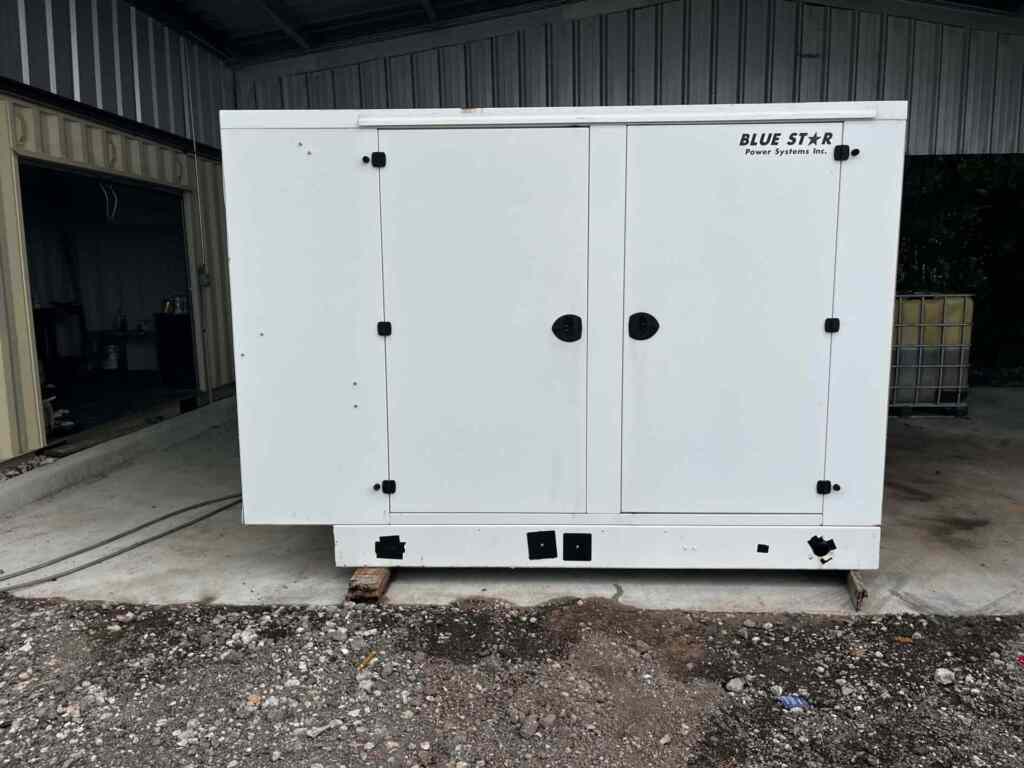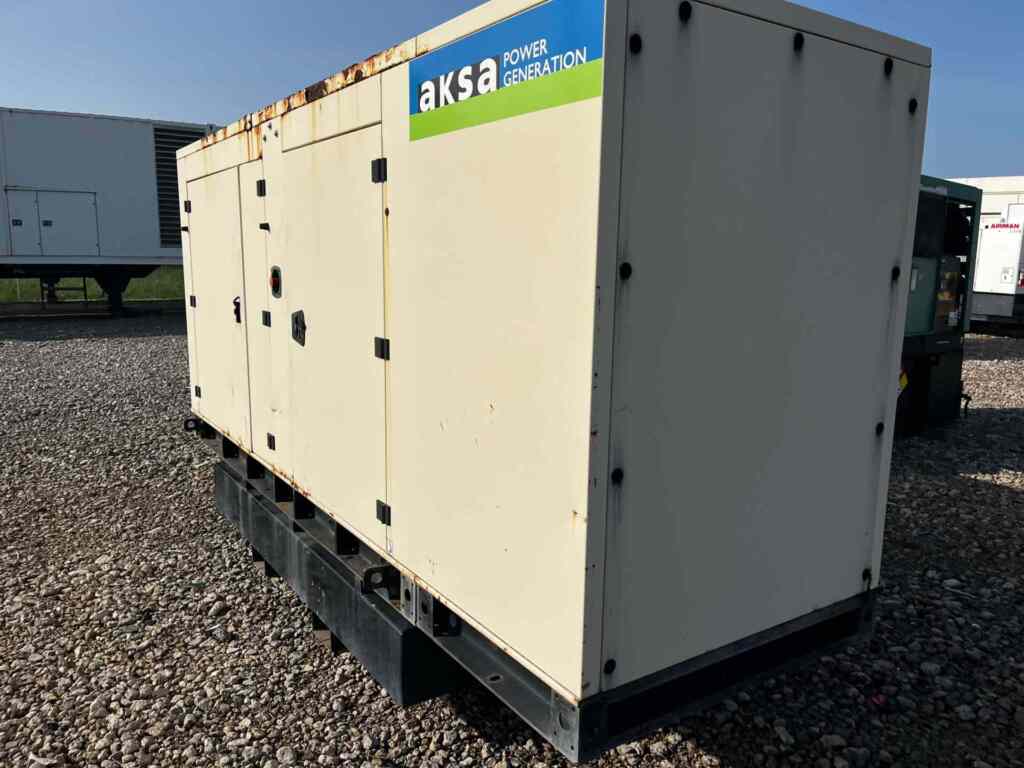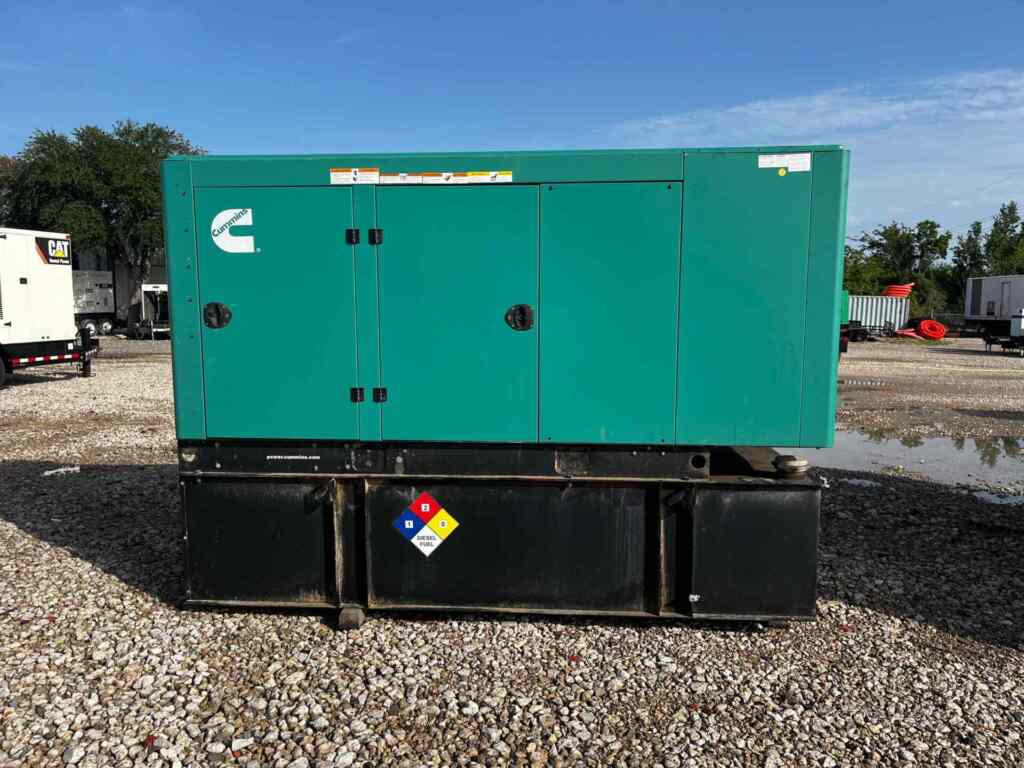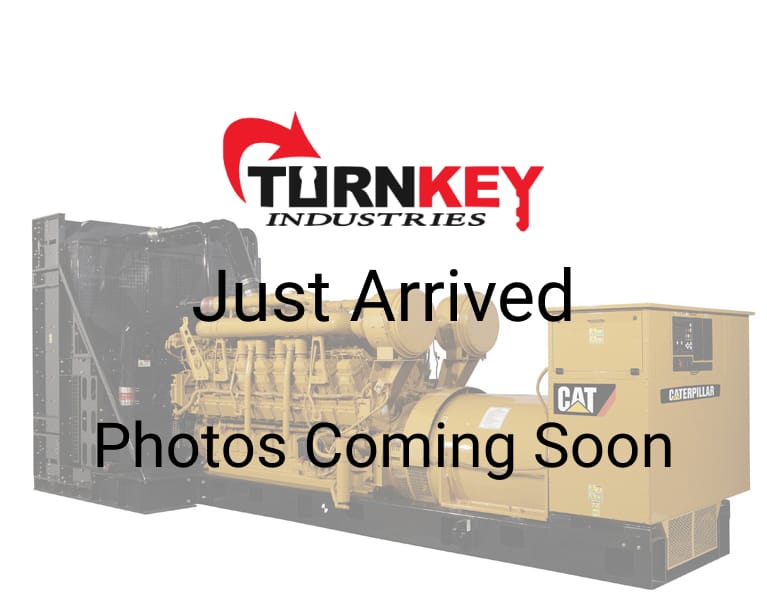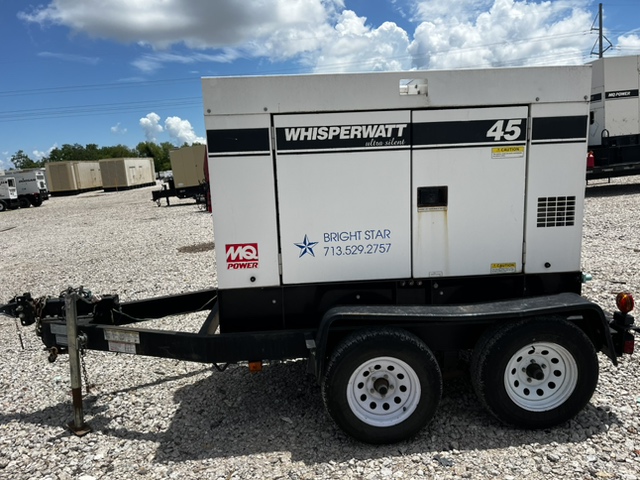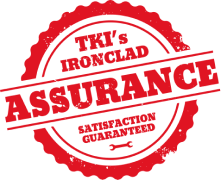In large-scale industries, hospitals, manufacturing plants, construction sites, and refineries, power loss is not just an inconvenience—it’s a costly and potentially dangerous disruption. Industrial generators are the robust, engineered systems that ensure uninterrupted electricity by producing power independently of the grid.
Unlike portable generators or home backup units, industrial and commercial generators are built for high-demand, continuous operation. These machines convert fuel (typically diesel, natural gas, or propane) into electrical energy through a precise, multi-stage process involving both mechanical and electrical components.
Here’s a breakdown of the seven functional phases that explain how an industrial generator works:
1. Fuel System: Powering the Engine
Every generator begins with fuel. Most industrial generators run on diesel or natural gas due to their availability, energy density, and efficiency. The fuel system includes:
- Fuel tank: Stores enough fuel to run the generator for hours or even days.
- Fuel lines and pump: Deliver fuel from the tank to the engine at regulated pressure.
- Fuel filters: Remove debris to protect sensitive engine components.
Without a steady, clean fuel supply, the generator cannot produce consistent power. The fuel type impacts emissions compliance, maintenance intervals, and operating costs.
For more on fuel combustion and internal combustion engine principles, refer to Internal Combustion Engine (Wikipedia).
2. Engine: Mechanical Energy Generation
The engine is the heart of the generator. It converts chemical energy from fuel into mechanical energy through combustion. Similar to a truck or heavy-duty equipment engine, it includes:
- Pistons, crankshaft, and cylinders
- Turbochargers and air intake systems for efficiency
- Lubrication and cooling systems to prevent overheating
The size and power of the engine determine the generator’s capacity, usually measured in kilowatts (kW) or kilovolt-amperes (kVA). Industrial generators range from 50 kW to several megawatts, depending on the facility’s load requirements.
3. Alternator: Producing Electrical Energy
Once the engine generates mechanical rotation, the alternator converts that motion into electrical energy using electromagnetic induction.
Key alternator components include:
- Rotor (or field): The rotating magnet driven by the engine.
- Stator: A stationary set of copper windings surrounding the rotor.
- Voltage regulator: Controls output voltage by adjusting the excitation of the rotor.
As the rotor spins inside the stator, it induces an alternating current (AC), which is the electrical power supplied to your facility.
This process is based on Faraday’s Law of Electromagnetic Induction, a key concept in power generation. For a detailed explanation, see Electric Generator (Wikipedia).
4. Cooling and Exhaust Systems: Managing Heat and Emissions
Industrial generators produce intense heat during operation, especially under high loads. The cooling system keeps engine temperatures within operational range using:
- Radiators and coolant pumps for liquid cooling
- Fans and ventilation ducts for air movement
At the same time, the exhaust system removes combustion gases (CO₂, NOx, etc.) from the engine. Industrial units must meet stringent EPA Tier 4 Final emissions standards, especially for generators operating in populated or enclosed environments.
5. Lubrication System: Reducing Friction
All moving parts within the engine and alternator must operate smoothly for long periods. The lubrication system ensures durability by:
- Circulating oil to reduce friction and wear
- Filtering contaminants from the oil
- Preventing overheating of components like crankshafts and bearings
Routine oil checks and filter changes are essential for maintaining reliability in industrial generators that often run 24/7.
6. Control Panel and Monitoring: Operating the Generator
The control panel is the brain of the generator. It allows operators to start, stop, and monitor the unit’s performance. Features often include:
- Digital display of voltage, current, frequency, and load
- Auto-start and shutdown logic
- Alarms for oil pressure, fuel level, coolant temperature, etc.
- Remote monitoring and SCADA integration for industrial automation
Advanced commercial generators are also connected to building management systems (BMS) or load management panels, allowing seamless switching between utility power and generator power during outages or peak shaving scenarios.
7. Transfer Switch and Distribution: Delivering Power
When a power outage is detected, an automatic transfer switch (ATS) isolates the facility from the grid and switches the load to the generator. This phase includes:
- ATS or manual switch: Directs the electrical load to and from the generator
- Distribution board: Sends the generated power to critical circuits or the entire building
- Voltage regulation: Ensures stable output to protect sensitive equipment
Once grid power returns, the ATS transfers the load back to utility and safely shuts down the generator after a cool-down period.
Generator Lifecycle: From Startup to Standby
In daily operations, industrial generators may be used in:
- Standby mode: Automatically kicks in during outages
- Prime power: Continuous use where no utility is available
- Peak shaving: Supplements power during high demand periods
Routine maintenance and load testing ensure these systems are always ready. Service intervals often range from 250–500 operating hours, depending on usage and environmental conditions.
Final Thoughts: The Engineered Backup You Can Rely On
An industrial generator is more than just a backup plan—it’s a complex mechanical and electrical system engineered for mission-critical uptime. Each of the seven steps—from fuel intake to power output—must function in sync to ensure reliability during an outage or remote operation.
Whether powering a hospital, data center, or pipeline control station, industrial generators play a pivotal role in safeguarding business continuity, public safety, and infrastructure. Understanding how they work helps facility managers, engineers, and buyers make informed decisions about sizing, configuration, and long-term investment.
Need help selecting a generator for your facility? Browse Turnkey Industries’ Popular Industrial Generator Models or explore by brand to find the right fit for your application.
 Turnkey Industries offers a variety of high-capacity
Turnkey Industries offers a variety of high-capacity 